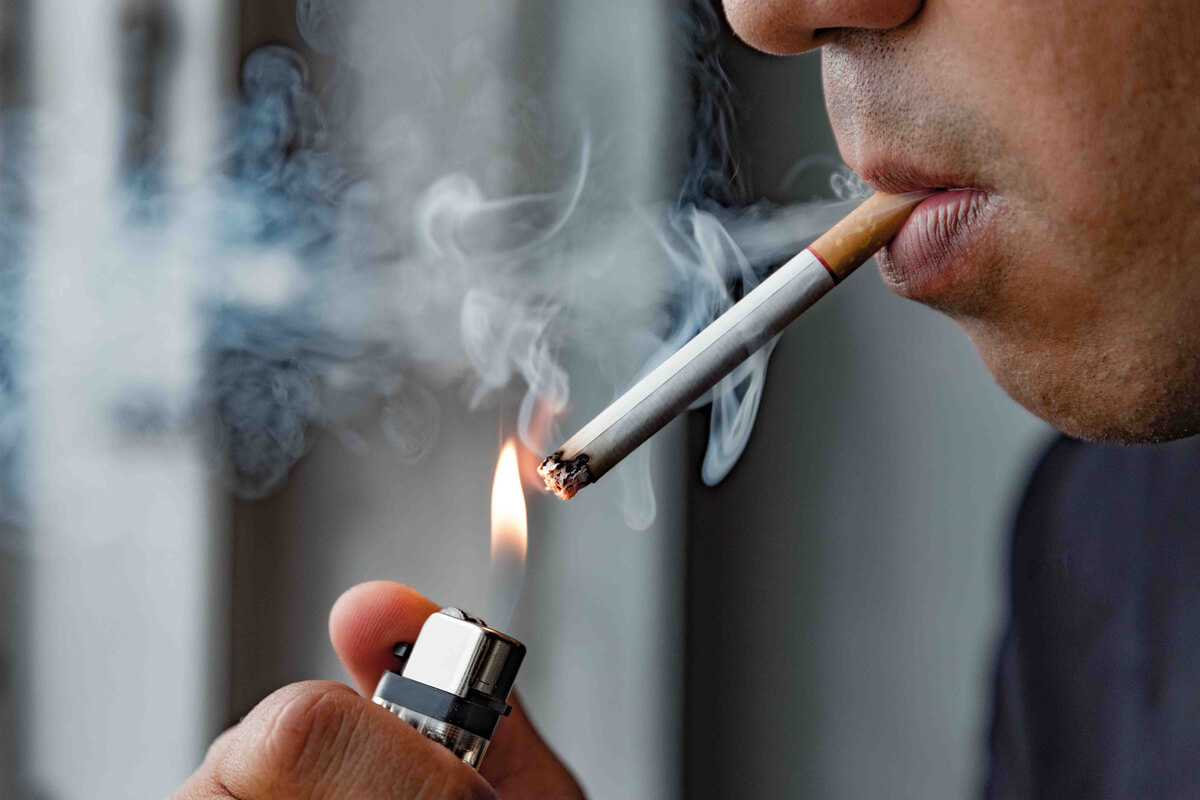
My wife and I recently got back from an amazing anniversary trip to Riviera Maya; although we loved it there, we couldn’t help but notice how many people were smoking, including those that looked relatively fit.
This got me thinking about how smoking can affect a course of treatment in physical therapy, as it’d be a little redundant for me to lecture about the general health risks, as most people are readily aware of those already.
The Cleveland Clinic website (seen below) talks about how the chemicals in cigarettes bind to the oxygen receptors in red blood cells. Well, when a person exercise they need increased oxygen delivery to their muscle cells, otherwise fatigue sets in quicker. So for those that smoke, they’ll tire out quicker than their counterparts that do not smoke.
Many that come to physical therapy do so following a surgery or a non-surgical soft tissue tear/bone fracture. Because smoking causes vasodilation (blood vessels to narrow) there is less blood flow available to the wound. This, as well as the decreased oxygen delivery mentioned earlier, will lead to a slowed healing time when compared to non-smokers. This can lead to a number of problems, as mentioned on the UW Health website (http://www.uwhealth.org/healthfacts/burn/6150.html), including: increased risk of injection, increased scarring, and increased risk of blood clots.
There are obviously many reasons to quit smoking, and for those that are addicted this is not easy to do, but holding on smoking during your duration of physical therapy can lead to quicker and more positive outcomes.
Thanks for your time!
– Tony
FREE PHONE CONSULTATION: (651) 275-4706